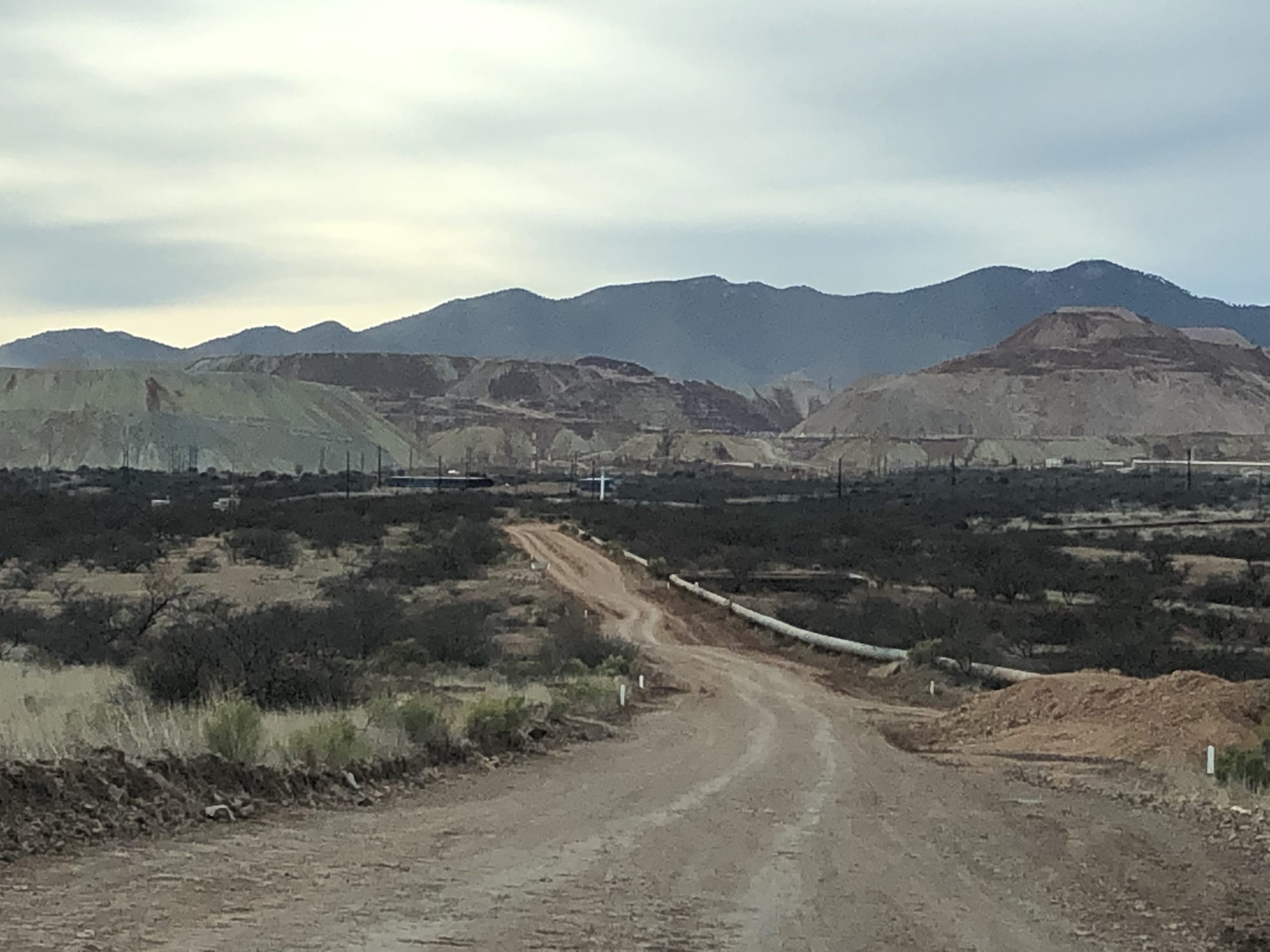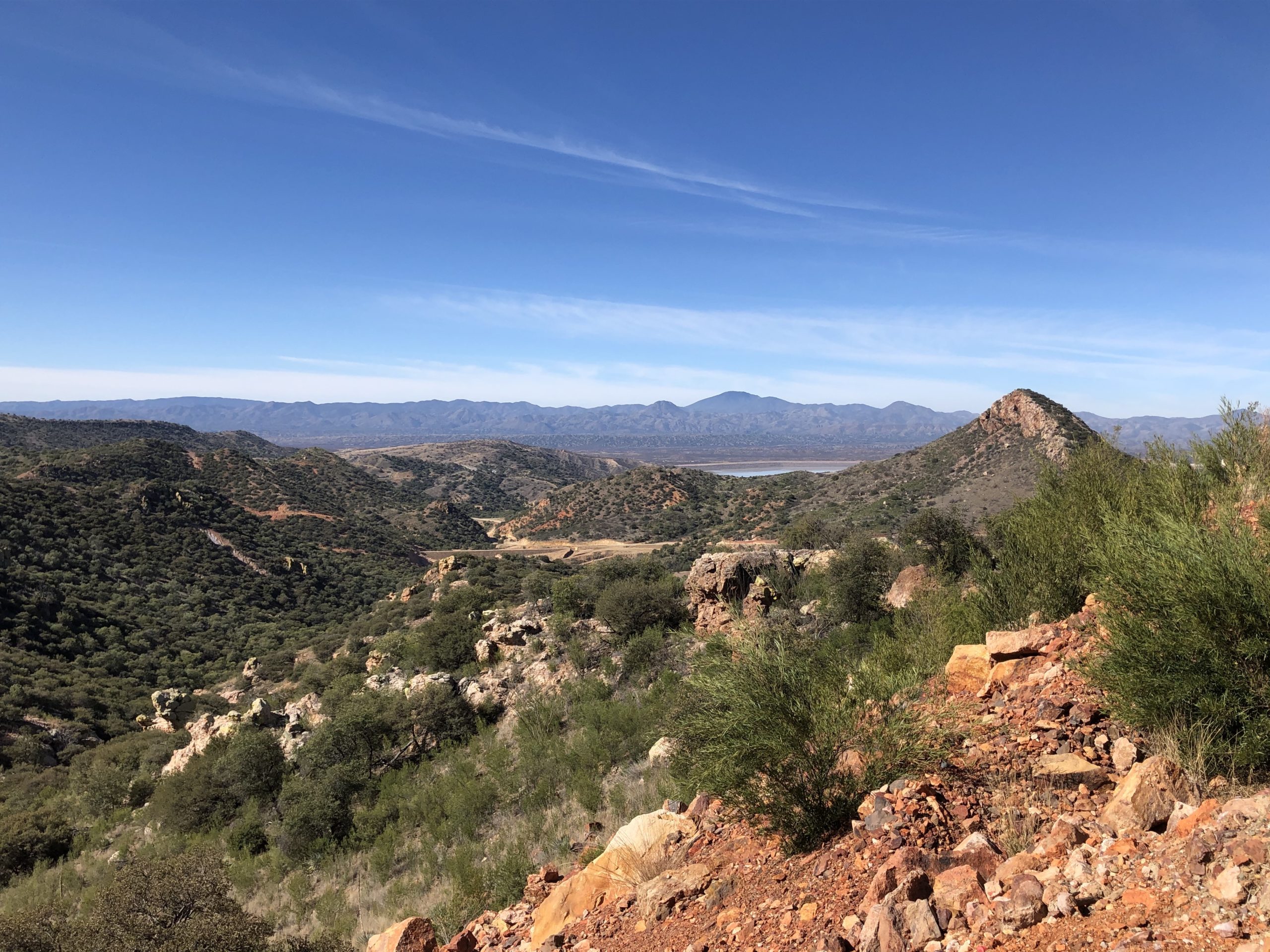In Sonora, Mexico, a community fights to protect itself from becoming the next major mining disaster.
“If there’s a spill we will disappear.”
I heard different versions of this warning repeated a number of times as I visited the town of Bacanuchi recently. Bacanuchi is a small community in the northern border state of Sonora, Mexico. It has less than 200 people and the misfortune of being downstream from the massive BuenaVista del Cobre copper mine operated by Mexican mining giant, Grupo México.

BuenaVista del Cobre is Mexico’s largest mine, extracting 815 tons of rock per day and helping make its owner, Gérman Larrera, the second-richest man in Mexico. As the mine processes rock and separates out the copper ore, it deposits the leftover waste, a slurry of water, crushed rock and chemicals, behind an earthen dam. The mining industry calls these slurries “tailings.” Tailings dams have made headlines in recent years when they have ruptured or collapsed, covering downstream communities and ecosystems with toxic sludge. In January 2019, a dam at the Córrego do Feijão mine in Brumadinho, Brazil collapsed, killing nearly 300 people and flooding the Paraopeba River with 12 million cubic meters of mine waste.
A Disaster Waiting to Happen?
This is exactly what the community of Bacanuchi is worried about. Grupo México is in the process of expanding the BuenaVista del Cobre tailings dam. It will grow to a shocking 6 miles long and 575 feet tall, twice as tall as Brumadinho. It will sprawl over 12 square miles, with a storage capacity equivalent to 816,000 Olympic swimming pools. If it fails, Bacanuchi will be the first community in its path. As some mining companies in Brazil and Chile move towards installing warning systems to alert downstream communities in real time to potentially fatal dam failures, Grupo México has no such system. On the contrary, one community member told me that Grupo México asked people in Bacanuchi to call the company if they notice anything unusual in water flow, at which point it may be too late.
The community members of Bacanuchi aren’t the only ones concerned about the potential for disaster from the expanded tailings dam. In December of 2019, ATP, a pension fund based in Denmark, announced it was blacklisting Grupo México, “after multiple efforts to engage with the firm over dangers posed by a new tailings dam.” ATP made the decision after eight unsuccessful months trying to engage in dialogue with the company.
If the company’s history of safety is any indication, the community and investors have every reason to be afraid. In 2014, Grupo México dumped 40,000 cubic meters of toxic chemicals into the Sonora River. The spill traveled 183 miles downstream, destroying crops and killing animals. People who came in contact with the water have experienced severe health issues.
It has been called the worst ecological disaster in Mexico.
“We Have to Fight”
Bacanuchi, however, is not sitting and waiting for the next disaster. They are fighting back. As one woman told me, “We have to fight. It’s not fair that the company is getting richer.” With the help of lawyers from PODER, a Mexican NGO focused on corporate accountability, community members have filed two lawsuits surrounding the BuenaVista del Cobre mine.

The first suit made history in Mexico by recognizing Bacanuchi’s right to prior consultation as a non-indigneous community. Because the Mexican government authorized the project without the community’s knowledge, the Supreme Court of Justice ruled that construction of the dam began unlawfully. The community hoped that this would stop the expansion of the tailings dam but, to their disappointment, the court only ordered the government hold an informational session and explain the scope of the project.
The second lawsuit demanded Grupo México reopen a trust fund established after the 2014 spill to compensate families and farmers as well as to create health and water infrastructure. The company closed the fund after paying out only about 60% of the 2 billion pesos (about $99 million) it was ordered to distribute. The ruling in favor of reopening the fund was released in January of 2020 and Bacanuchi, together with others downstream communities, is waiting to see how it will be implemented.
While Bacanuchi’s demands are clear–the company should fully compensate those affected by the 2014 spill and stop construction on the expanded tailings dam–what is also clear is that Grupo México will not heed those demands of its own accord. And, Grupo México isn’t alone. From Canada to Brazil from Spain to Papua New Guinea, there have been catastrophic tailings dam failures that have destroyed ecosystems and taken lives.
As the UN Environment Programme, investors and mining industry debate new standards for tailings dam safety on a global level, Bacanuchi’s experience shows that only strong regulations can protect communities from these disasters. Any new regulations must rein in dangerous practices by prioritizing safety over profits, allowing for communities to make decisions in their own best interests and holding companies accountable for their actions. The mining industry cannot be allowed to police itself – and regulations must be accompanied by independent oversight.

